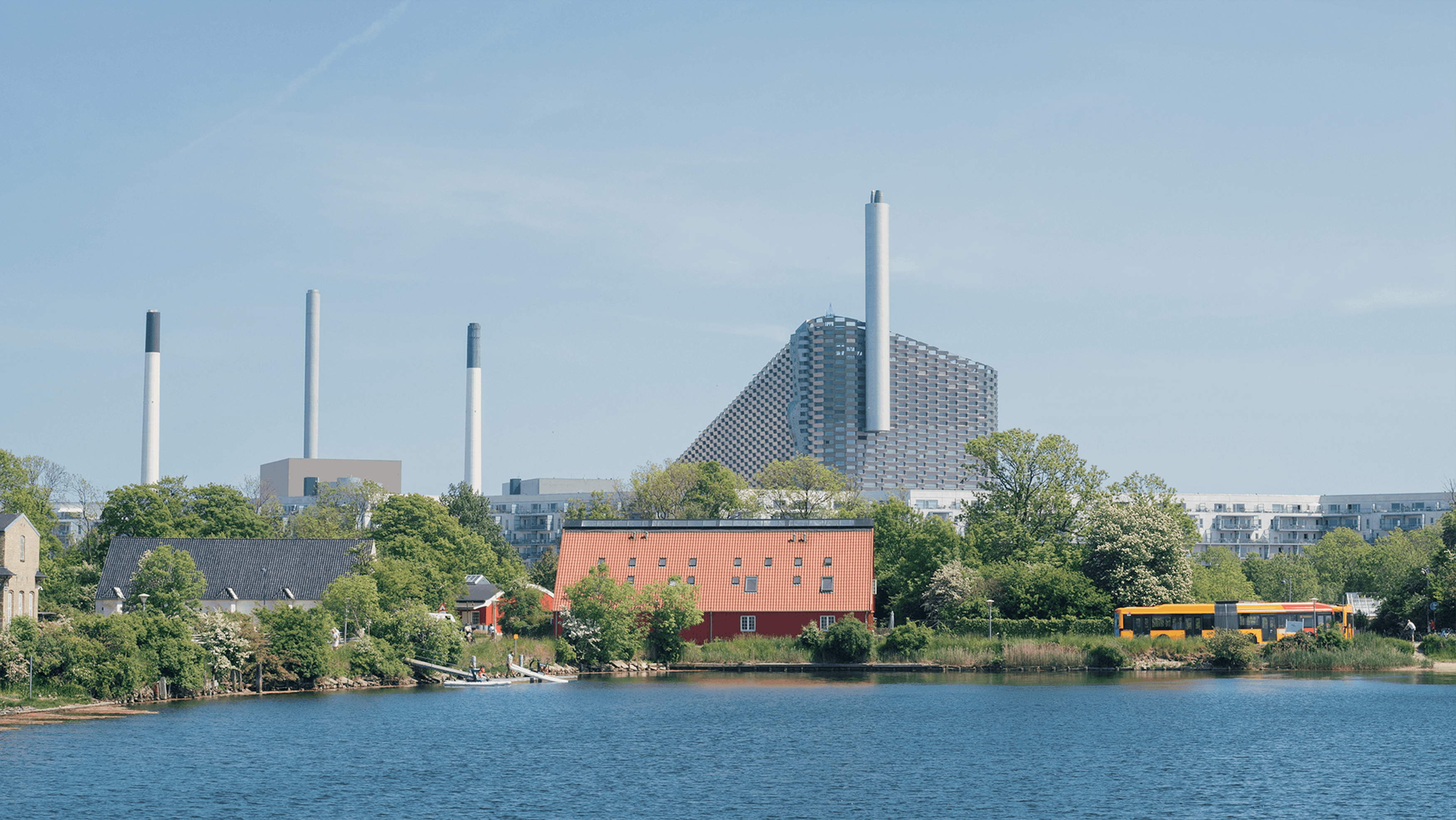
Vol.04
Copenhagen as a Reflection of BIG’s Global Vision
BIG's Projects in Copenhagen
Bjarke Ingels was born and raised in Copenhagen, and he continues to work in the city, with the Danish capital serving as one of the key bases for his architectural firm, Bjarke Ingles Group (BIG). Copenhagen is home to numerous BIG projects. Their early works and iconic structures have become integral to the urban landscape, serving as both landmarks and places for citizens to relax. Standing before these designs, you can experience Bjarke’s philosophy of “hedonistic sustainability” — an approach to sustainability that emphasizes enjoyment over sacrifice while remaining environmentally responsible.

A community harbor hub for all generations
Copenhagen's harbor district was once an industrial zone, but in the late 1990s, a government-led initiative relocated factories and introduced significant environmental improvements. This led to a dramatic rise in water quality, making the harbor safe for swimming again. The harbor-side pool Islands Brygge, just across the bridge from the city center, opened in 2002 and was one of BIG's early projects in Copenhagen. The scene of children diving from the platform after school and people lounging on the grass beneath the sun has become a quintessential image of summer in the city. The opportunity to engage with the water as part of daily life, without the need to visit the beach, has enhanced the city's quality of life.
Havnebadet Islands Brygge
Islands Brygge 14, 2300 København S
The world's first waste-to-energy plant with a ski slope
CopenHill (completed in 2019) is a waste-to-energy plant that doubles as a power station. Since the flat terrain of Copenhagen doesn't allow for skiing, BIG came up with the unconventional idea of turning the plant's roof into a ski slope. From the top — which also serves as the city's highest observation deck — visitors can enjoy panoramic views of Copenhagen. Along with a grass ski slope, the facility also features hiking trails, a climbing wall, and a café. This cutting-edge plant generates clean energy from waste, supplying enough electricity for 30,000 households and heating for 72,000 homes annually. CopenHill has become a local favorite and a global tourist destination.
CopenHill
Vindmøllevej 6, 2300 København
Noma's sanctuary of culinary excellence
Once regarded as the world’s best restaurant, Noma pioneered the New Nordic Cuisine movement and attracted food enthusiasts from around the globe. Situated on the outskirts of the autonomous district of Christiania, in a tranquil setting surrounded by water, the former military facility was transformed by BIG into Noma 2.0. The space consists of 11 buildings, each tailored to a specific function within the restaurant, all centered around the kitchen. The greenhouse adheres to permaculture principles, growing ingredients on-site. While Noma plans to cease regular restaurant operations at the end of 2024 and transition into a research-driven lab known as Noma 3.0, the venue will remain a hub of continuous innovation.
Noma 2.0
Refshalevej 96, 1432 København K
Floating housing: a solution to a housing shortage
Urban Rigger is a floating student housing community that sits along the revitalized waterfront of the Refshaleøen district. It was built to address Copenhagen's growing housing demand. The complex features stacked containers forming 12 one-room apartments arranged around a central courtyard. Shared spaces include a kayak dock, swimming area, laundry facilities, rooftop terrace, and a BBQ-friendly courtyard, fostering a strong sense of community. Using ultra-thin insulation materials developed by NASA, the interiors are insulated without compromising space, while the vibrant exterior preserves the aesthetic of shipping containers. This innovative approach to materials and design maximizes energy efficiency while offering modern and sustainable spaces to live.
Urban Rigger
Refshalevej 163A, 1432 København K
Living on the water in a converted ferry
Bjarke himself lives aboard a boat docked near the Opera House, directly across from Amalienborg Palace, home to the Danish royal family. He acquired the former ferry in 2016 — the same year Urban Rigger was completed. When he first moved in, the boat lacked both electricity and running water, making for a rather rugged living situation. In a city that so integrated with the harbor, Bjarke has embraced life on the water firsthand. His work in Busan, South Korea, on the Oceanix City project — a sustainable floating city — is also underway, exploring solutions to rising sea levels and overcrowding. It’s no surprise that someone so familiar with life by the water is driven to seek sustainable solutions to these pressing issues. BIG and Bjarke continue to realize their concept of “hedonistic sustainability,” seamlessly integrating sustainability with an elevated quality of life in projects across the globe. Watching the results of these efforts in Copenhagen, where people naturally gravitate toward these spaces, offers a glimpse into the world Bjarke envisions.
STAFF
EDIT・TEXT
TRANSLATION
PHOTO
Sanae Sato
Jeremy Kuhles
Maya Matsuura



